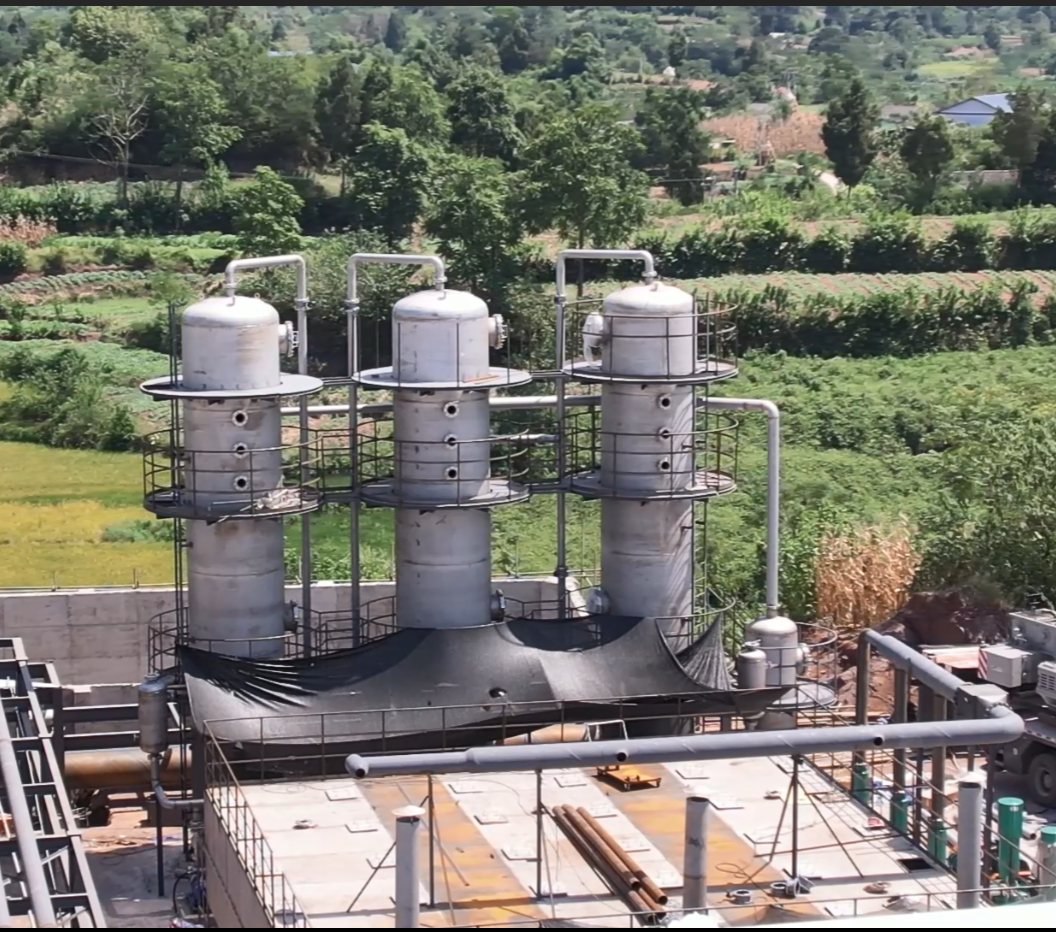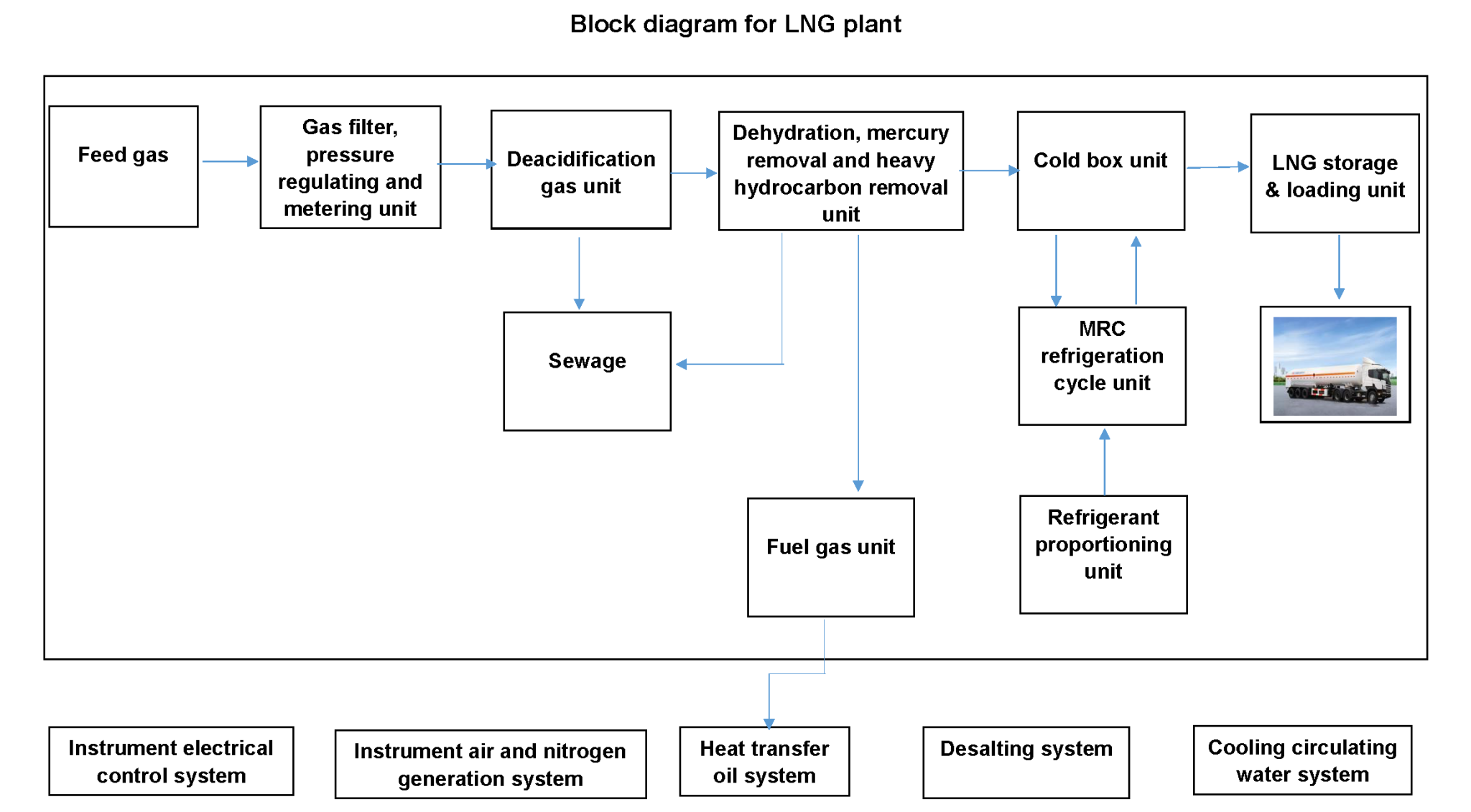Introduction
The construction of the project 50 × 104m3/ D natural gas liquefaction project and supporting facilities and one 10000 m3 LNG full capacity tank. The main process units include feed gas pressurization, decarbonization unit, dehydration unit, mercury and heavy hydrocarbon removal unit, liquefaction unit, refrigerant storage, flash steam pressurization, LNG tank farm and loading facilities.
How does the pre-liquefaction treatment of natural gas work?
The well stream of plant feed comes in gaseous form by pipe. Natural gas extracted from the ground contains impurities, water and other associated fluids, so before liquefaction can take place, the gas needs to go through a treatment process to remove undesired substances. The gas goes through a series of vessels, compressors and pipes where gas is stepwise separated from heavier fluids and impurities.
First, water and condensate are removed, followed by removal of acid gas (carbon dioxide, CO2), hydrogen sulfide (H2S) and mercury (Hg). These substances are unwanted, as they may cause ice forming during liquefaction and corrosion in pipelines and LNG heat exchangers. The remaining mix is precooled, and other, heavier, natural gas liquids are then separated from the mix before liquefaction takes place. Removed hydrocarbons can be stored and sold separately. The remaining gas mostly consists of methane and some ethane, which is brought to liquefaction.
Liquefaction natural gas,shortly called LNG, is condensing natural gas into liquid by cooling the gaseous natural gas under normal pressure to – 162 ℃. Natural gas liquefaction can greatly save storage and transportation space, and has the advantages of large calorific value, high performance, conducive to the balance of urban load regulation, conducive to environmental protection, reducing urban pollution and so on.
The process scheme mainly includes: feed gas pressure regulating and metering unit, natural gas purification unit and natural gas liquefaction unit, refrigerant storage system, refrigerant circulating compression system, LNG storage and loading unit.

Liquefied natural gas (LNG) is natural gas, predominantly methane, that has been cooled down to liquid form for ease and safety of storage and transport. It takes up about 1/600th the volume of natural gas in the gaseous state.
We provide Natural Gas Liquefaction Plants in micro (mini)and small scale. The capacity of the plants covers from 13 to more than 200 Tons/day of LNG production (18,000 to 300,000 Nm3/d).
A complete LNG liquefaction plant includes three systems: process system, instrument control system and utility system. According to the different air sources, it can be changed.
According to the actual situation of gas source, we adopt the best process and the most economical scheme to meet the different requirements of customers. Skid mounted equipment makes transportation and installation more convenient.
1. Process system
The feed natural gas is pressurized after filtration, separation, pressure regulation and metering, and then enters the natural gas pretreatment system. After removing CO2, H2S ,Hg, H2O and heavy hydrocarbons, it enters the liquefaction cold box. Then It is cooled in the plate fin heat exchanger, denitrified after liquefaction, and next subcooled, throttled and flashed to the flash tank, and last, the separated liquid phase enters the LNG storage tank as LNG products.
The flowchart of skid mounted LNG Plant is as following:
The process system of cryogenic LNG Plant includes:
-
● Feed gas filtration, separation, pressure regulation and metering unit;
-
● Feed gas pressurization unit
-
● Pretreatment unit (including deacidification, dehydration and heavy hydrocarbon removal, mercury and dust removal);
-
● MR proportioning unit and MR compression cycle unit;
-
● LNG liquefaction unit (including denitrification unit);
1.1 Features of process system
1.1.1 Feed gas pretreatment unit
The process method of feed gas pretreatment unit has the following characteristics:
-
● Deacidification with MDEA solution has the merits of small foaming, low corrosiveness and small amine loss.
-
● Molecular sieve adsorption is used for deep dehydration, and it still has high adsorption advantage even under low water vapor partial pressure.
-
● Using sulfur-impregnated activated carbon to remove mercury is cheap in price. Mercury reacts with sulfur on sulfur impregnated activated carbon to produce mercury sulfide, which is adsorbed on activated carbon to achieve the purpose of mercury removal.
-
● Precision filter elements can filter the molecular sieve and activated carbon dust below 5μm.
1.1.2 Liquefaction and refrigeration unit
The selected process method of liquefaction and refrigeration unit is MRC (mixed refrigerant) cycle refrigeration, which is low energy consumption. This method has the lowest energy consumption among the commonly used refrigeration methods, making the product price competitive in the market. The refrigerant proportioning unit is relatively independent of the circulating compression unit. During operation, the proportioning unit replenishes refrigerant to the circulating compression unit, maintaining the stable working condition of the circulating compression unit; After the unit is shut down, the proportioning unit can store the refrigerant from the high-pressure part of the compression unit without discharging the refrigerant. This can not only save refrigerant, but also shorten the next startup time.
All valves in the cold box are welded, and there is no flange connection in the cold box to minimize possible leakage points in the cold box.
1.2 Main equipment of each Unit
|
S/N |
Unit name |
Major equipment |
|
|
1 |
Feed gas filtration separation and regulating unit |
Feed gas filter separator, flowmeter, pressure regulator, feed gas compressor |
|
|
2 |
Pretreatment unit |
Deacidification unit |
Absorber and regenerator |
|
Dehydration unit |
Adsorption tower, regeneration heater, regeneration gas cooler and regeneration gas separator |
||
|
Heavy hydrocarbon removal unit |
Adsorption tower |
||
|
Mercury removal and filtration unit |
Mercury remover and dust filter |
||
|
3 |
Liquefaction unit |
Cold box, plate heat exchanger, separator, denitrification tower |
|
|
4 |
Mixed refrigerant refrigeration unit |
Refrigerant circulating compressor and refrigerant proportioning tank |
|
|
5 |
LNG loading unit |
Loading system |
|
|
6 |
Bog recovery unit |
Bog regenerator |
|
2. Instrument control system
In order to effectively monitor the production process of the complete set of equipment, and to ensure reliable operation and convenient operation and maintenance, the instrument control system mainly includes:
Distributed control system (DCS)
Safety Instrument system (SIS)
Fire Alarm and Gas Detector System (FGS)
Closed-circuit television (CCTV)
Analysis system
And high-precision instruments (flowmeter, analyzer, thermometer, pressure gage) that meet the process requirements. This system provides perfect configuration, commissioning and monitoring functions, including process data acquisition, closed-loop control, equipment operation monitoring status, alarm interlocking and service, real-time data processing and display, trend service, graphic display, operation record report service and other functions. When there is an emergency in the production unit or the FGS system sends an alarm signal, the SIS sends a protection interlock signal to protect the on-site equipment, and the FGS system informs the local fire fighter department at the same time.
3. Utility system
This system mainly includes: instrument air unit, nitrogen unit, heat transfer oil unit, desalted water unit and cooling circulating water unit.
-

natural gas purification system Commercial Alka...
-
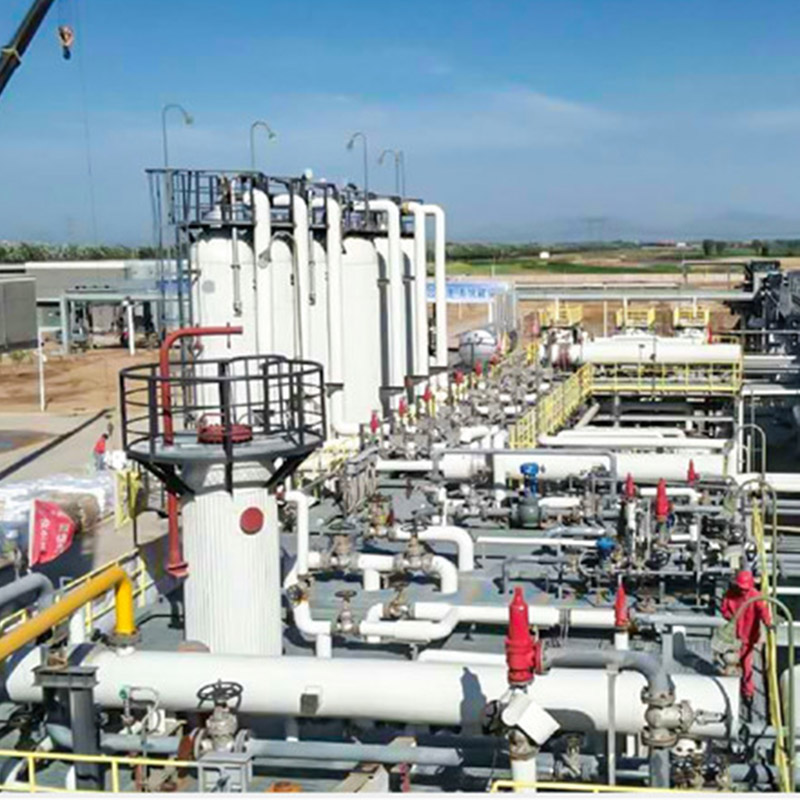
Big discounting China Temp. Sensor for LNG Gaso...
-
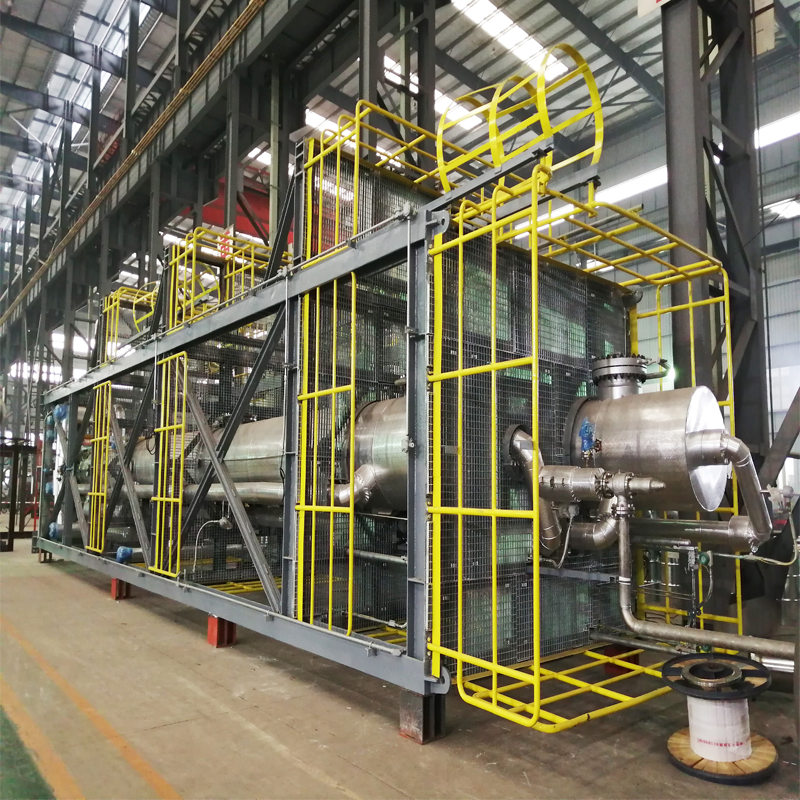
18 Years Factory China 2019 Grille Cleaner Stai...
-
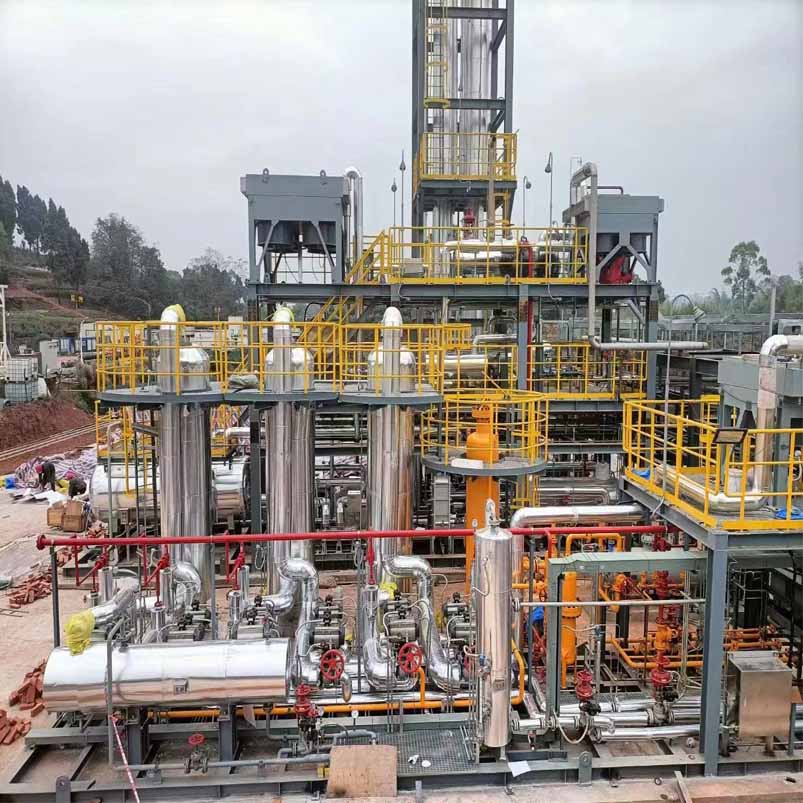
5 Mmscfd mounted LNG manufacturing process for ...
-

Cheap price China Chelate in Regenerative H2s S...
-

Newly Arrival China Factory Sale 250kVA 200kw B...



